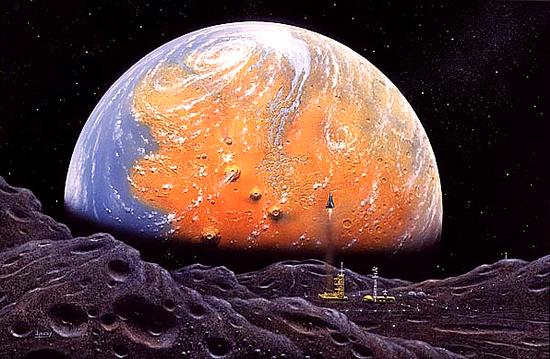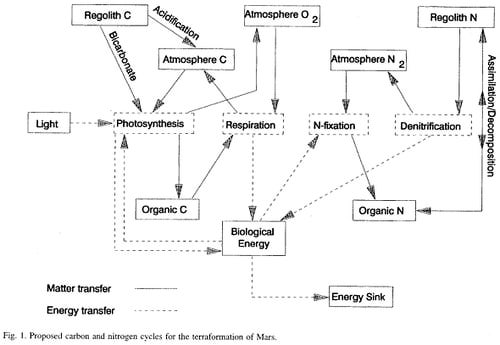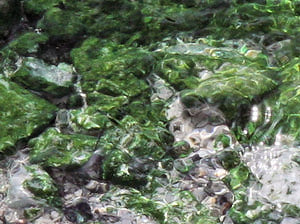Terraforming
Introduction
Terraforming or “Planetary Ecosynthesis” is the process of changing a planet’s atmosphere to resemble that of the Earth’s, with the goal of sustaining terrestrial life. It is predicted that establishment of life will be similar to Earth’s history, starting with basic unicellular microbial life. (Grahm)
This template gives you a general idea of the layout of your page. You are not completely restricted to this format, so feel free to try out different things. I'll give you feedback as you work on your pages. Make sure to copy the "code" of this page to your own page before editing.
-Prof Kent
In the introduction, give a brief overview of the microbial interaction that is the topic of this page. Introduce the interaction, the organisms involved, the ecological significance of this interaction, and the importance of microorganisms and their processes in this environment (described in more detail below). What processes do they carry out? What functions do they perform? Why are microbes important in this interaction?
Biological interaction
Provide details of the symbiosis or biological interaction. Is this a specific or general interaction? How do these interactions influence the host or other microbial populations, and their activities? How do these interactions influence other organisms (positive or negative influences)? What is the outcome of this interaction? Are there ecological consequences? Describe biological interactions using as many sections/subsections as you require. Look at other topics available in MicrobeWiki. Create links where relevant.
Photosynthesis
Subsection 1a
Subsection 1b
Denitrification
Niche: A New World
To lay the foundation for microbial terraforming, the agreed plan is that the process starts with the release of man-made greenhouse gases into the atmosphere, heating the planet substantially, which will then cause CO2 evaporation from the planet’s own glaciers and soil, producing further warming. Melting glaciers will produce hydrologic cycles and evaporated H20 into the air, creating a denser atmosphere. This suggests a global temperature of at least 0 degrees Celsius. Water will be stable on the surface and temperatures will be more moderate, but the atmosphere will be mostly CO2 and have little O2. So long as UV radiation remains high, microorganisms will be confined to living in or under rocks. (Martyn Fogg 1995) UV radiation screens have been proposed for microbial access to surfaces. (Grahm)
Describe the physical, chemical, or spatial characteristics of the niche where we might find this interaction, using as many sections/subsections as you require. Look at other topics available in MicrobeWiki. Create links where relevant.
Subsection1
Subsection 1a
Subsection 1b
Subsection 2
Microbial processes
What microbial processes are important for this microbial interaction? Does this microbial interaction have some ecosystem-level effects? Does this interaction affect the environment in any way? Describe critical microbial processes or activities that are important in this interaction, adding sections/subsections as needed. Look at other topics in MicrobeWiki. Are some of these processes already described? Create links where relevant.
===
=
Photoautotrophy
Chemeautotrophy
o
Key Microorganisms
What specific kinds of microbes are typically involved in this interaction? Or associated with important processes? Describe key groups (genera, species) of microbes that we find in this environment, and any special adaptations they may have evolved to survive in this environment. List examples of specific microbes that represent key groups or are associated with important processes found in this environment. Add sections/subsections as needed. Look at other microbe listings in MicrobeWiki. Are some of the groups of microbes from your environment already described? Create links to other MicrobeWiki pages where possible.
Cryptoendoliths (hiding inside rocks)
Cyanidium caldarium
A unicellular red algae found in diverse extreme environments such as bogs, wet acidic soils, and hot streams. It has been found to survive with little to no oxygen. (Sechbach et al.)
Subsection 1b
Chroococcidiopsis
Current Research
Enter summaries of recent research here--at least three required
References
Edited by <your name>, a student of Angela Kent at the University of Illinois at Urbana-Champaign.




